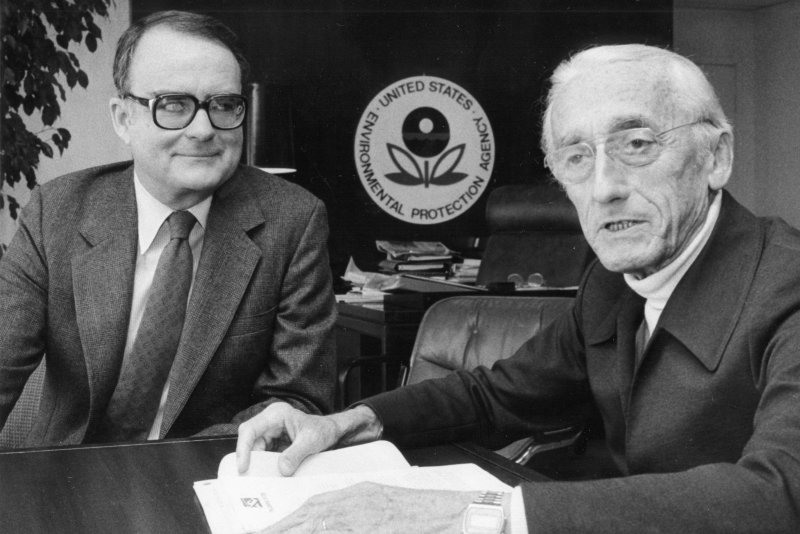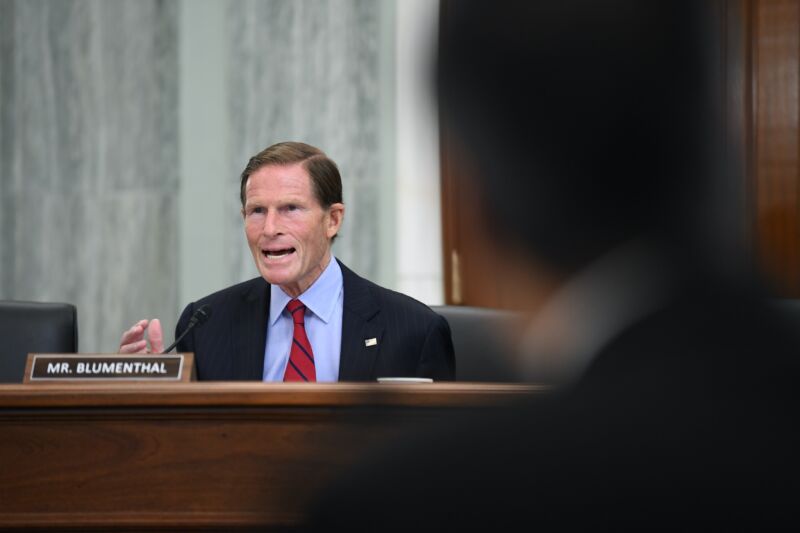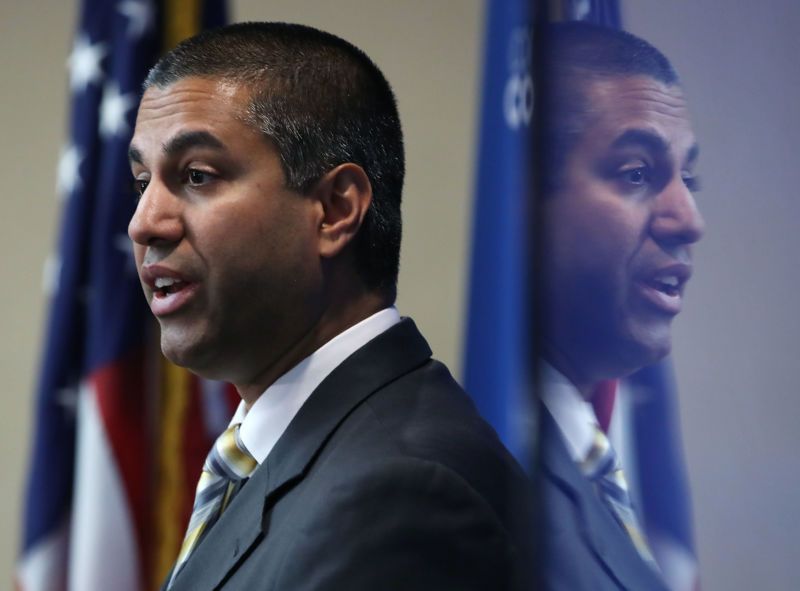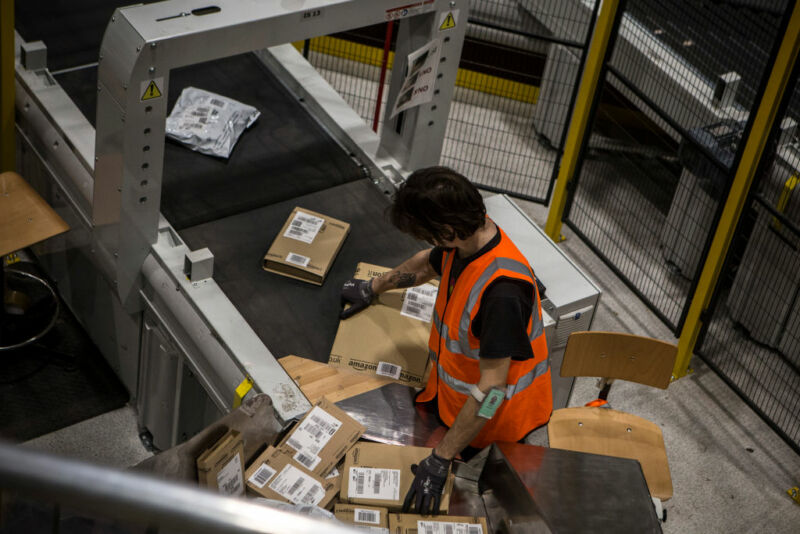By Reuters Staff
HONG KONG (Reuters) - Agnes Chow, 23, a prominent Hong Kong democracy activist, was jailed on Wednesday for 10 months on charges related to unlawful assembly near the city’s police headquarters during last year’s anti-government protests.
WHO IS AGNES CHOW?
Chow, along with prominent activists Joshua Wong and Nathan Law, founded the now-disbanded democracy group Demosisto in 2016. The party was dissolved hours after Beijing passed a contentious national security law for the city on June 30 amid fears it could be targeted under the legislation. Chow was most recently arrested in August under the new security legislation on suspicion of “colluding with foreign forces,” a charge that carries a maximum sentence of life in prison.
POLITICS:
Chow, who has a strong youth following, became active in politics in the former British colony at the age of 15 and played a leading role in pro-democracy protests in 2014 that paralysed parts of the city for 79 days. The so-called Umbrella movement protests were aimed at securing universal suffrage for the former British colony. They were largely peaceful, but not successful. In 2018, she was banned from running in a Legislative Council by-election under rules to curb independence advocacy. Chow said at the time: “Hong Kong Demosisto has never had a pro-independence stance but we believe Hong Kong people have the right to self-determination on the future of Hong Kong.” Chow also featured prominently in the anti-government protests last year, alongside Wong and Law, who is now in exile in Britain.
OVERSEAS LOBBYING:
Fluent in Japanese, Chow has a sizable following in Japan, particularly on social media and had travelled to the country frequently before her arrest. Chow often tweeted in Japanese and has been dubbed the “goddess of democracy” by Japan’s media. Under the national security law, Beijing punishes what it broadly defines as sedition, secession, terrorism and collusion with foreign forces with up to life in jail. Her YouTube channel has 325,000 subscribers.











